Everglades National Park: A First Time Visitor Guide
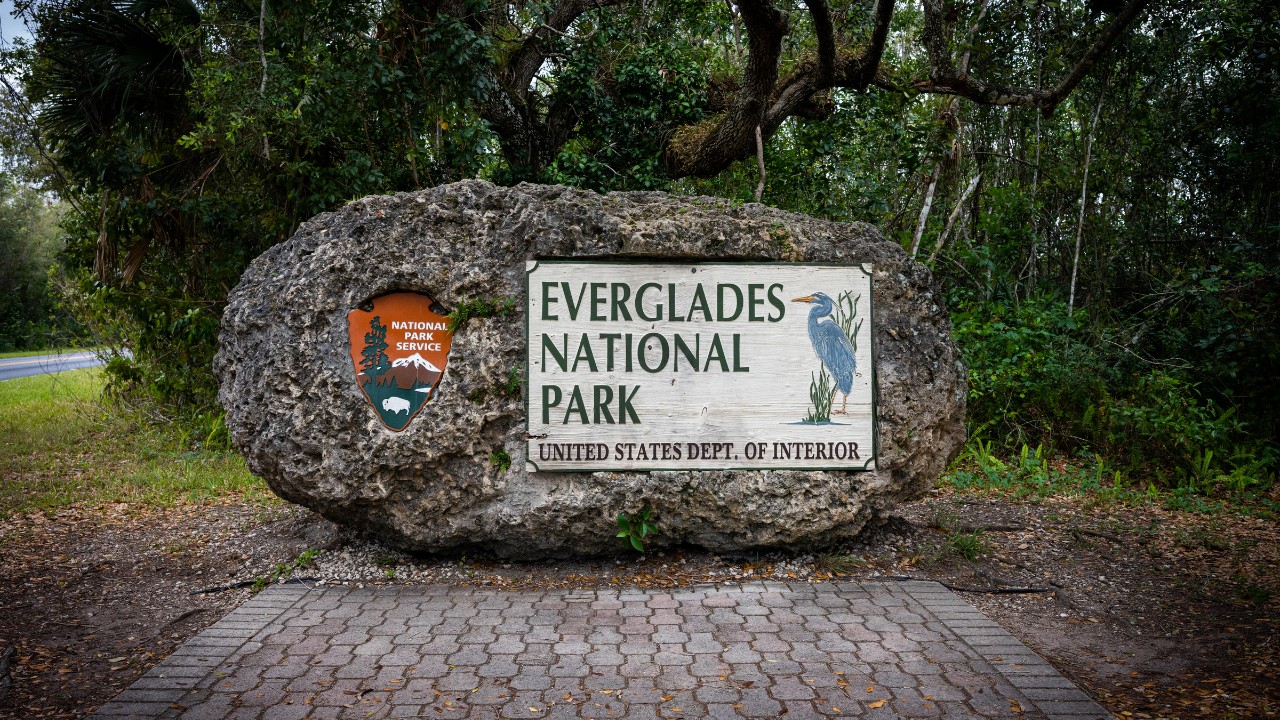
Everglades National Park is one of the most unique and diverse ecosystems in the world. Spanning 1.5 million acres, it’s the largest subtropical wilderness in the United States, known for its rich biodiversity, unique wetlands, and incredible opportunities for outdoor exploration.
Whether you’re a nature lover, birdwatcher, or adventure enthusiast, this post is going to show you the best things to do in Everglades National Park, as it offers a variety of activities and sights that make it a must-visit destination. This guide will provide you with everything you need to know for your first visit!
Basic info:
- Name: Everglades National Park
- Location: Southern Florida
- Fee: $35 per car
- Things to do: Kayaking, hiking, bird watching and more (see top recommendations)
- Hotels nearby? See top options
Best Times to Visit:
- Dry Season (December to April): The dry season is the most popular time to visit, with cooler temperatures ranging from 65°F to 80°F (18°C to 27°C) and lower humidity. During this season, water levels are lower, which concentrates wildlife and makes it easier to spot animals like alligators, birds, and other wildlife.
- Wet Season (May to November): The wet season brings warmer temperatures, heavy rainfall, and higher humidity. Afternoon thunderstorms are common, and there are more mosquitoes, but the lush landscape and vibrant birdlife make it a beautiful time to visit. Just come prepared for heat and rain, and consider wearing insect repellent.
Photos:


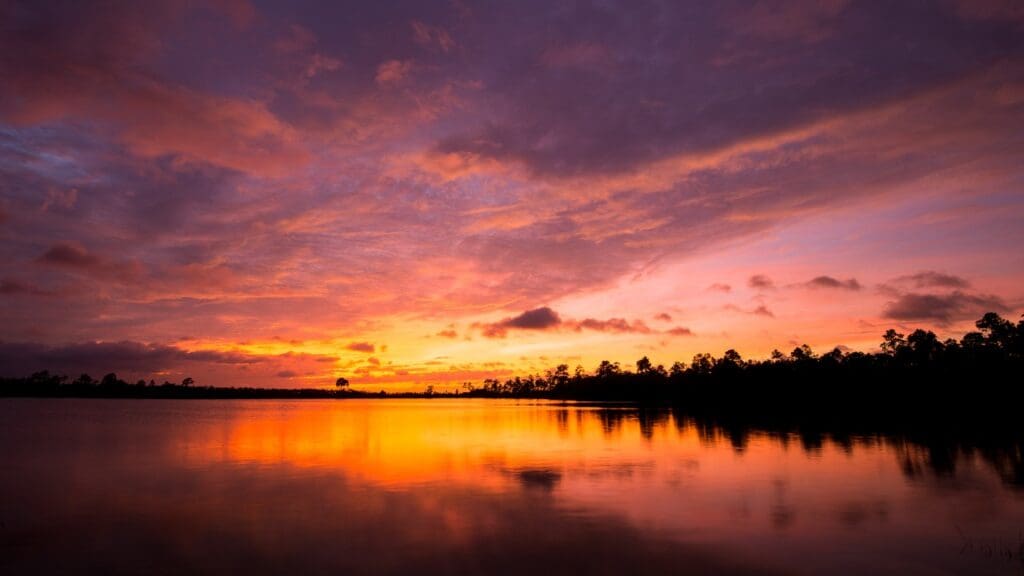
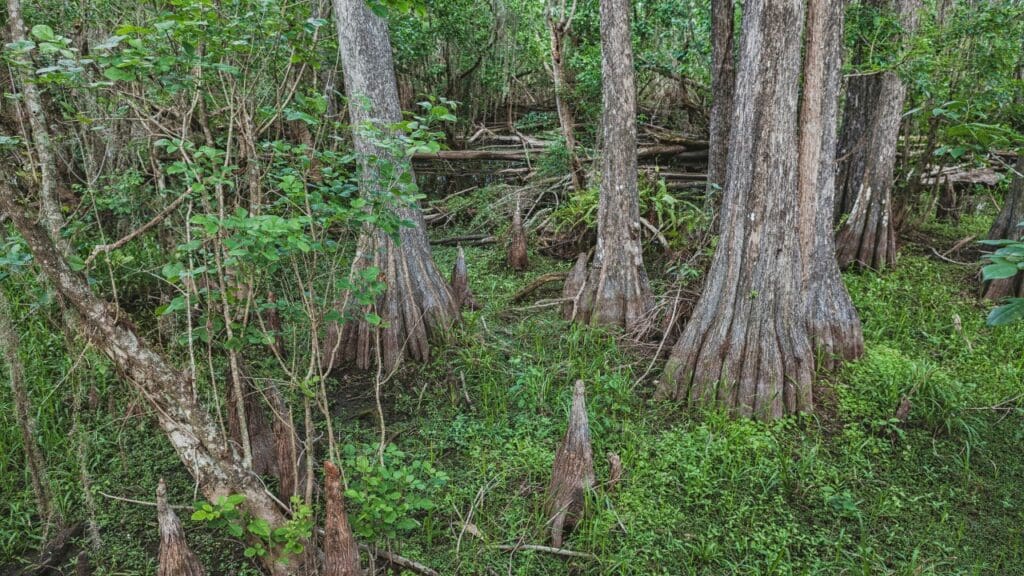
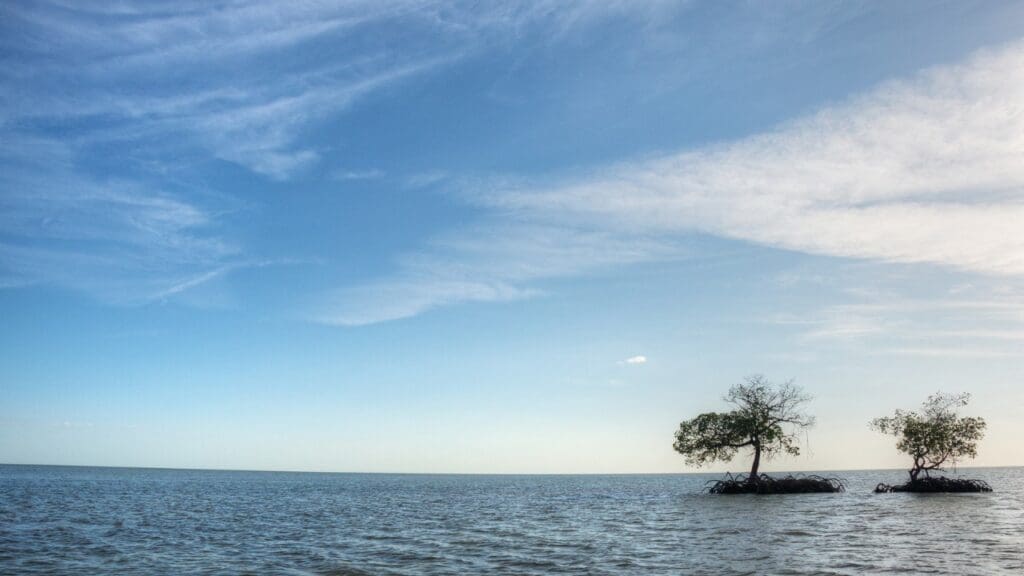

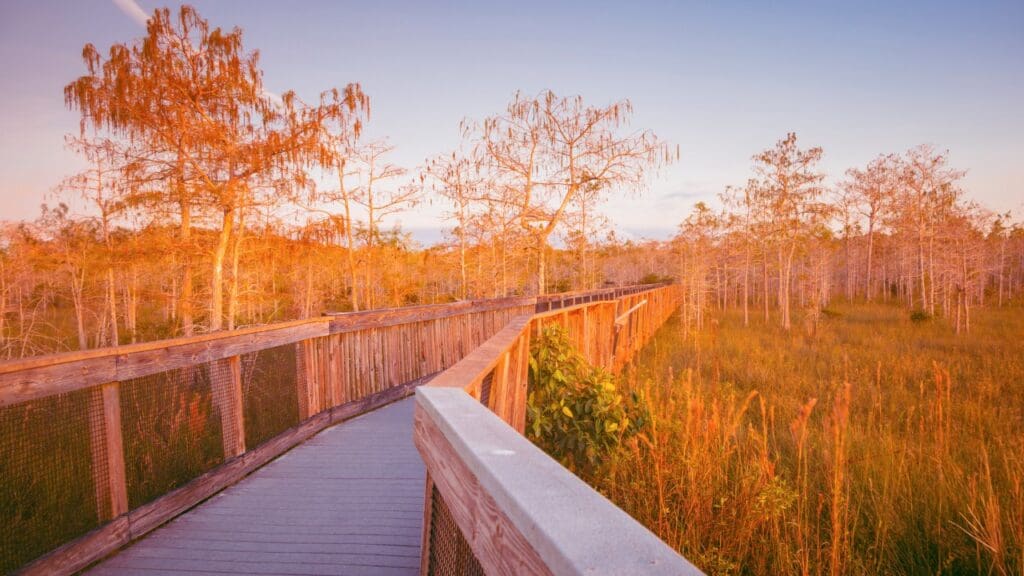
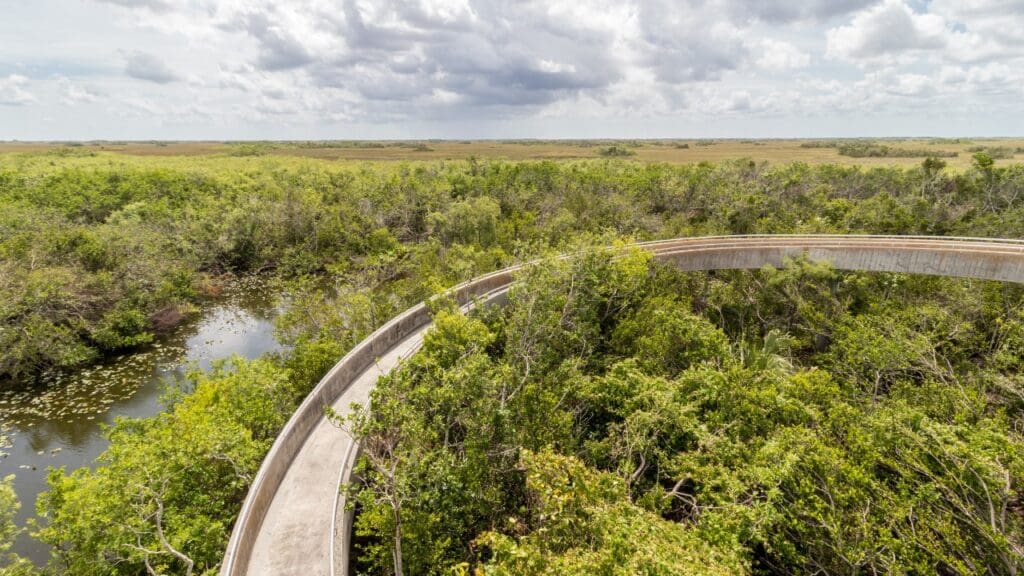
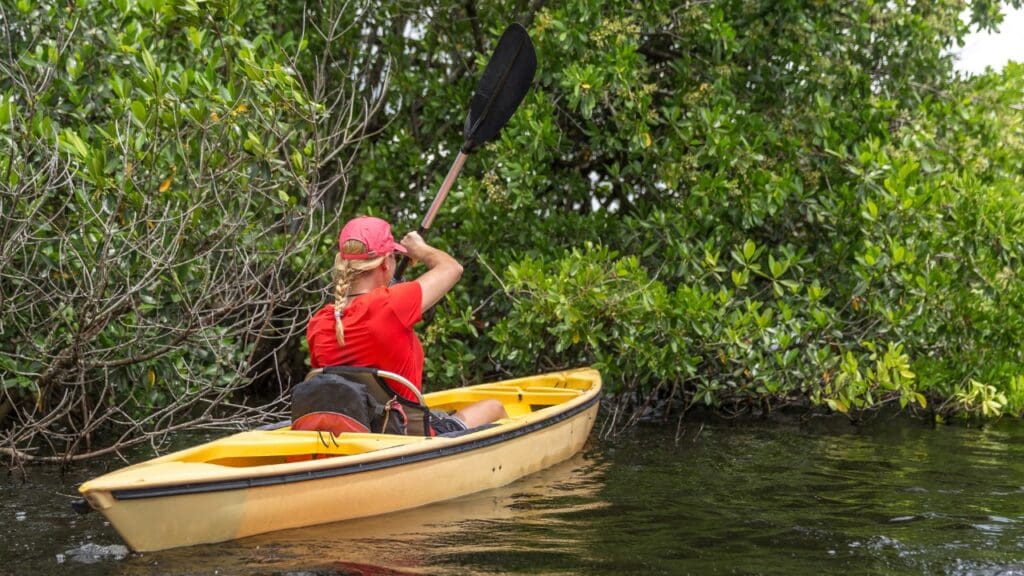
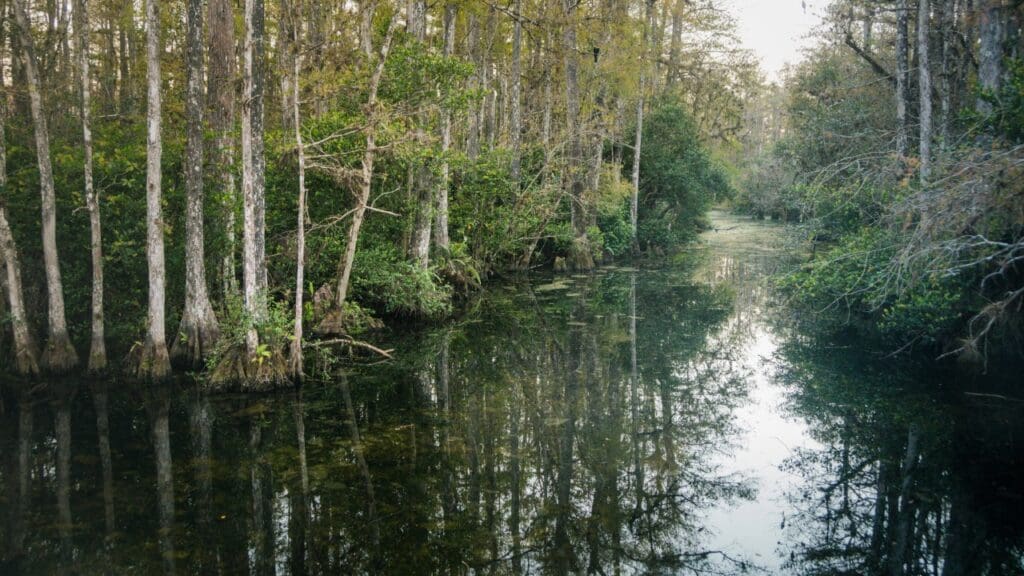
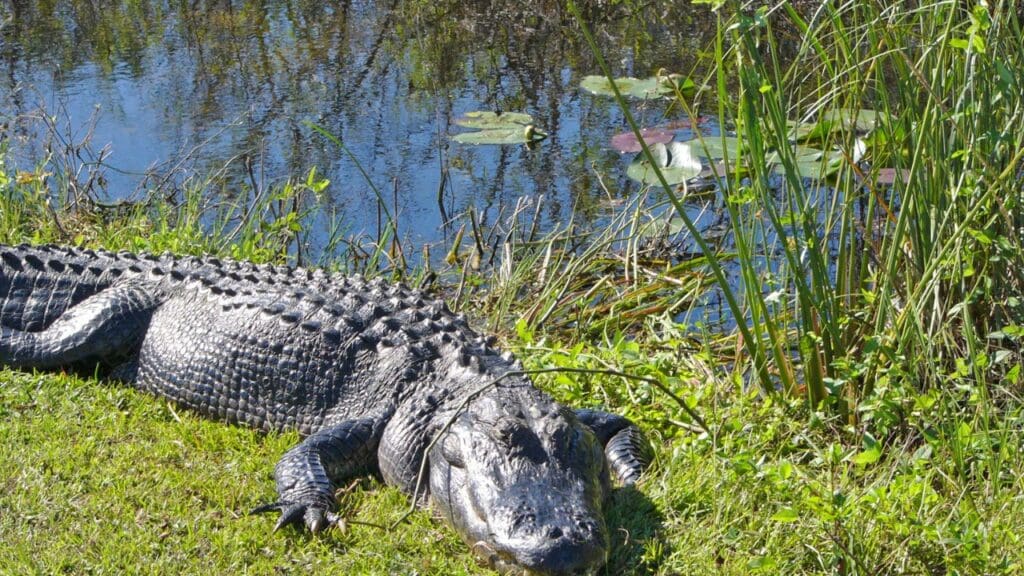
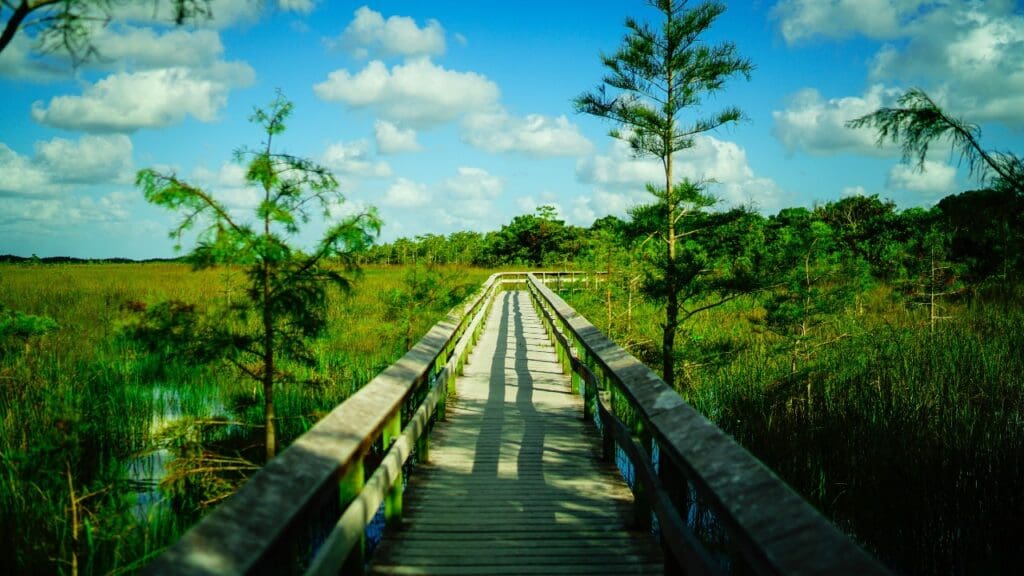
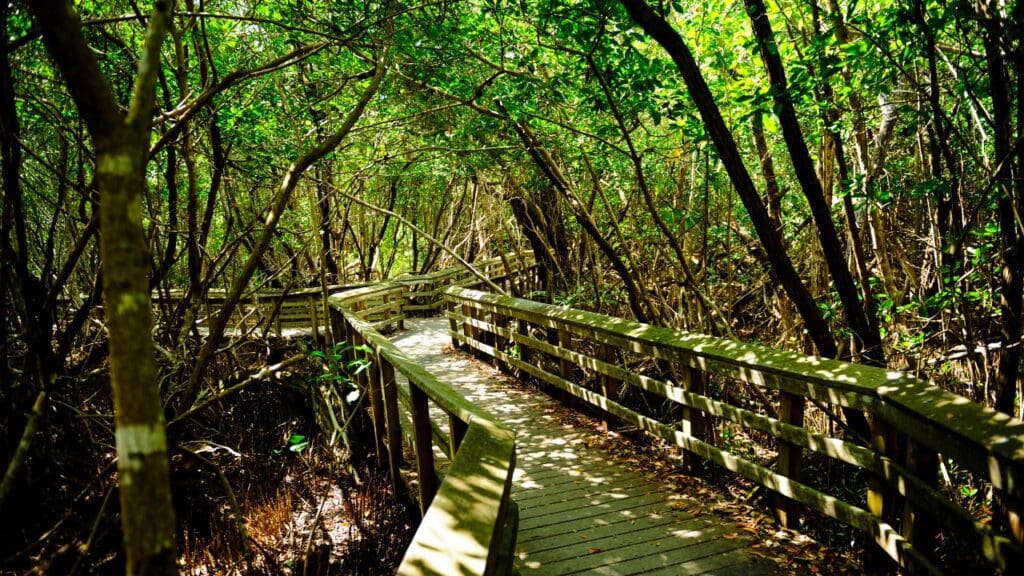
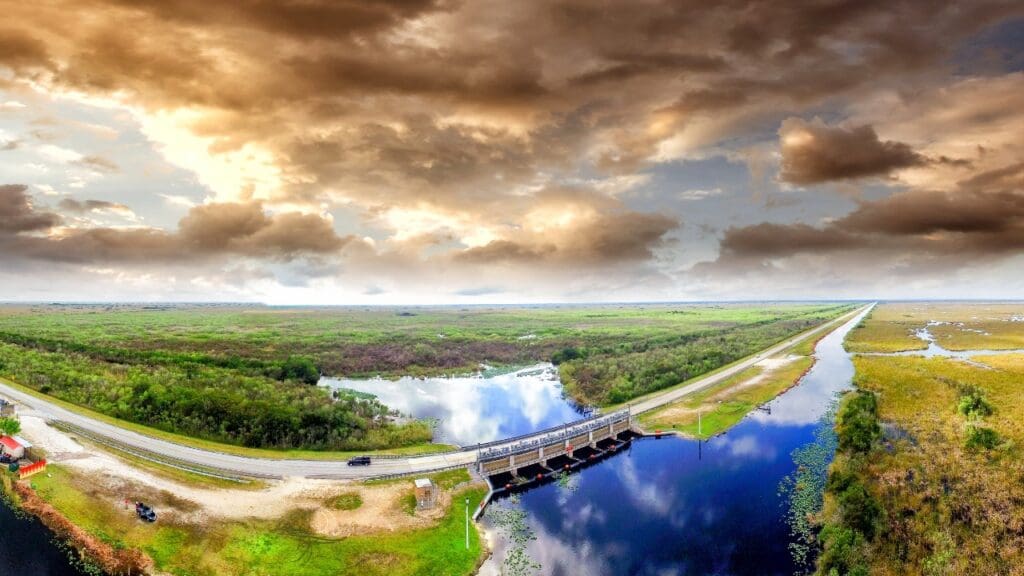
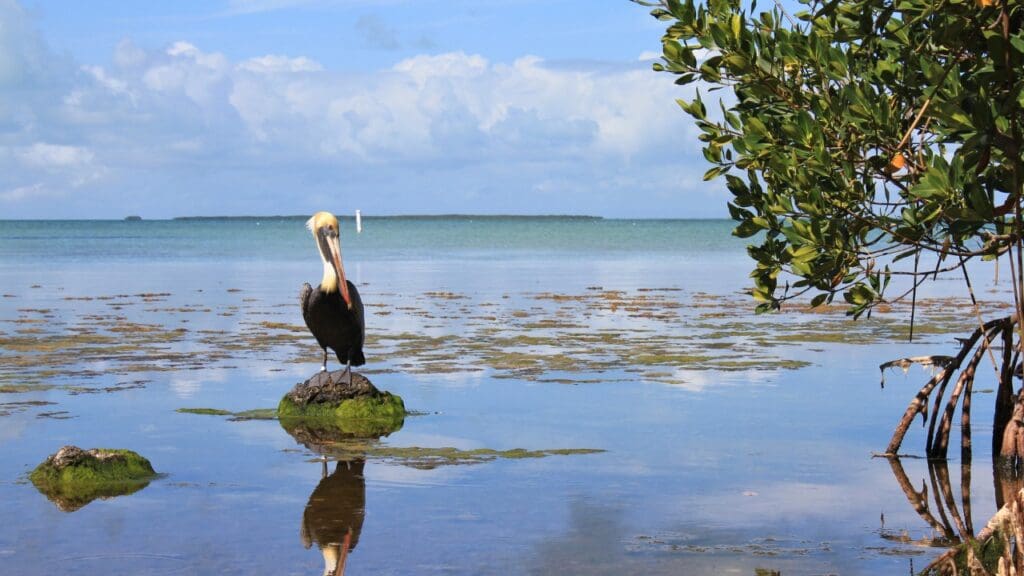
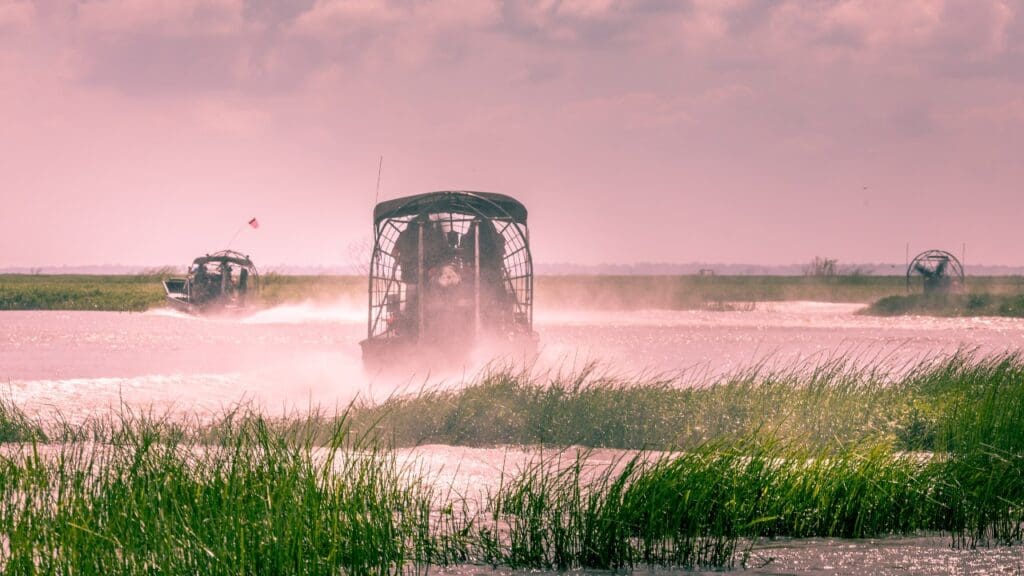
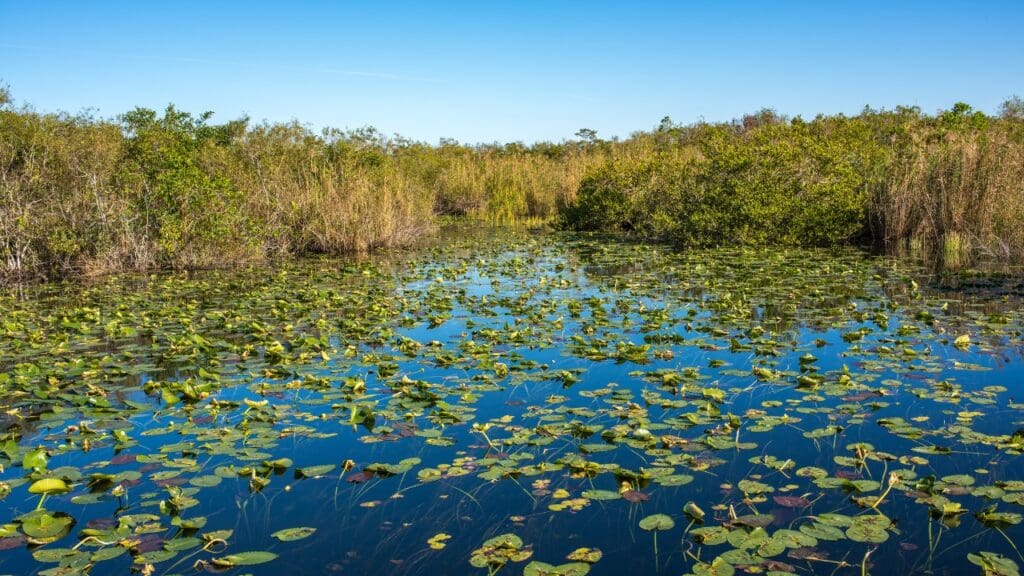
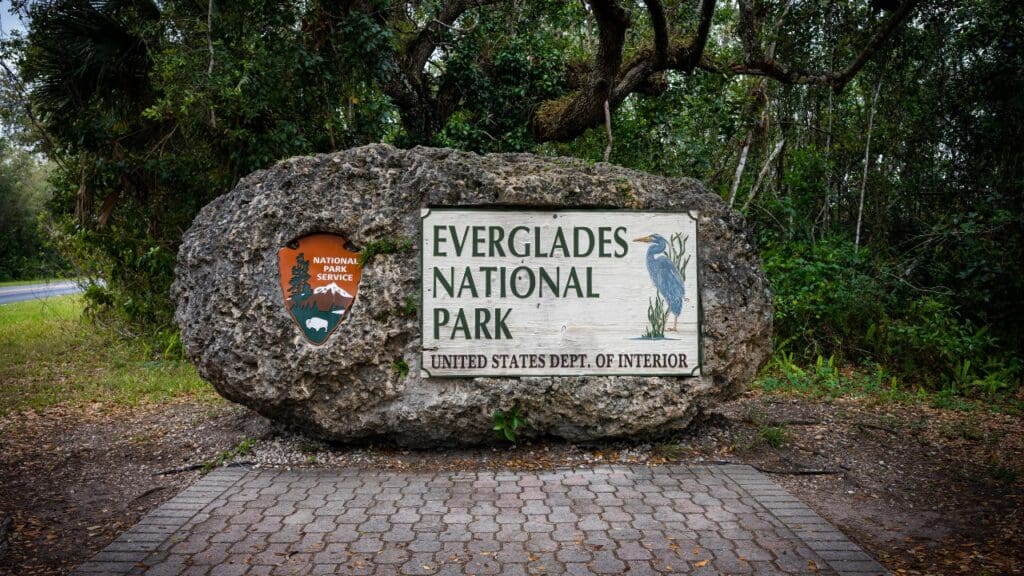
Things to Do:
Guided Tram Tours at Shark Valley: Shark Valley is one of the best areas for first-time visitors, offering a scenic 15-mile loop road where visitors can explore by tram, bike, or foot. The Shark Valley Tram Tour is a two-hour, guided tour that provides insights into the park’s ecosystem and wildlife.
Observation Tower: The tram tour includes a stop at a 65-foot observation tower, which provides panoramic views of the vast Everglades and a chance to spot wildlife from above.
Airboat Tours: One of the most iconic experiences in the Everglades, airboat tours are offered near the park’s entrances and allow visitors to explore the wetlands at high speeds while observing alligators, birds, and other wildlife. Everglades Safari Park and Coopertown Airboat Tours offer guided airboat rides that give visitors a thrilling view of the marshlands and wildlife. See details.
Hiking Trails: The park offers several short, accessible trails that highlight different parts of the Everglades ecosystem. Here’s just some of the popular ones:
-
- Anhinga Trail: A 0.8 miles round-trip near the Homestead Entrance at Royal Palm Visitor Center. This boardwalk trail is one of the most popular in the park, offering great opportunities for spotting alligators, turtles, and a variety of bird species.
- Gumbo Limbo Trail: A 0.4 miles round-trip also located by the Royal Palm Visitor Center. This shaded trail winds through a hardwood hammock, showcasing unique tropical trees like gumbo limbo and strangler figs.
- Pa-hay-okee Overlook Trail: A 0.2 miles round-trip located near the Homestead Entrance. This short boardwalk trail leads to an overlook with sweeping views of the “river of grass,” showcasing the vastness of the Everglades.
Birdwatching: The Everglades is a premier destination for birdwatching, with over 300 bird species, including herons, egrets, roseate spoonbills, and wood storks. There are several spots where you can see these birds including: Shark Valley, Paurotis Pond, and Nine Mile Pond especially during the dry season when migratory birds flock to the area.
Kayaking and Canoeing: The Everglades offers unique opportunities for paddling through mangrove tunnels, open bays, and freshwater marshes. There’s even kayaking trails to consider trying and here’s some:
-
- Nine Mile Pond Canoe Trail: This marked canoe trail takes paddlers through mangroves and shallow waters, offering a peaceful experience with chances to see alligators, birds, and fish.
- Flamingo Area: The Flamingo area offers rental kayaks and canoes, as well as access to scenic paddling routes. Experienced paddlers can try the Wilderness Waterway, a 99-mile water trail that connects Flamingo and Everglades City.
Visitor Centers and Educational Programs: The park has several visitor centers, including the Ernest F. Coe Visitor Center (Homestead Entrance), Shark Valley Visitor Center, and Gulf Coast Visitor Center. Each center offers educational displays, films, and ranger-led programs.
Wildlife:
- American Alligators and Crocodiles: The Everglades is the only place in the world where alligators and crocodiles coexist. Alligators are commonly seen in freshwater areas, while crocodiles inhabit brackish and saltwater areas.
- Bird Species: The park is known for its abundant birdlife, with species like great blue herons, ospreys, and wood storks commonly seen around the water.
- Manatees: Manatees can be spotted in the coastal waters of the Everglades, especially in the Flamingo area. Look for them in the brackish waters and mangrove channels.
- Florida Panthers and Bobcats: Although rare, the Everglades is home to the endangered Florida panther, a species that faces significant conservation challenges. Bobcats are more common but tend to be elusive.
Tips For Your Visit:
- Stay Hydrated and Pack Food: The Everglades can be hot and humid, so bring plenty of water, sunscreen, and insect repellent, especially in the wet season. Wearing a hat and lightweight, long-sleeved clothing can also help protect you from the sun and insects.
- Prepare for Mosquitoes: Mosquitoes can be intense, especially during the wet season. Pack strong insect repellent, and consider wearing mosquito netting if you plan to spend extended time in dense, vegetated areas.
- Follow Safety Guidelines for Wildlife: The Everglades is home to large animals like alligators. Keep a safe distance, and never attempt to feed or touch wildlife. Always follow park guidelines and respect animals in their natural habitat.
- Limited Cell Service: The Everglades is a remote area, and cell service can be limited, especially in areas like Flamingo and Shark Valley. Download maps or use offline navigation to avoid getting lost.
- See visitor recommendations: Check out sites like Tripadvisor for the top rated things to do in this park.
Nearby Attractions:
If you have extra time, consider exploring these nearby attractions:
- Big Cypress National Preserve: Located adjacent to the Everglades, Big Cypress offers additional hiking trails, scenic drives, and wildlife viewing opportunities.
- Biscayne National Park: Located just east of the Everglades, Biscayne National Park is known for its coral reefs and excellent snorkeling and diving opportunities.
- The Florida Keys: The Florida Keys are just a few hours south of the Everglades, offering beautiful beaches, snorkeling spots, and the famous Overseas Highway drive.
Final things to know:
Everglades National Park is a truly unique destination, with an array of ecosystems, wildlife, and activities that make it an incredible experience for first-time visitors. Whether you’re hiking a scenic trail, taking a thrilling airboat tour, or paddling through mangrove tunnels, the Everglades offers unforgettable encounters with nature.
